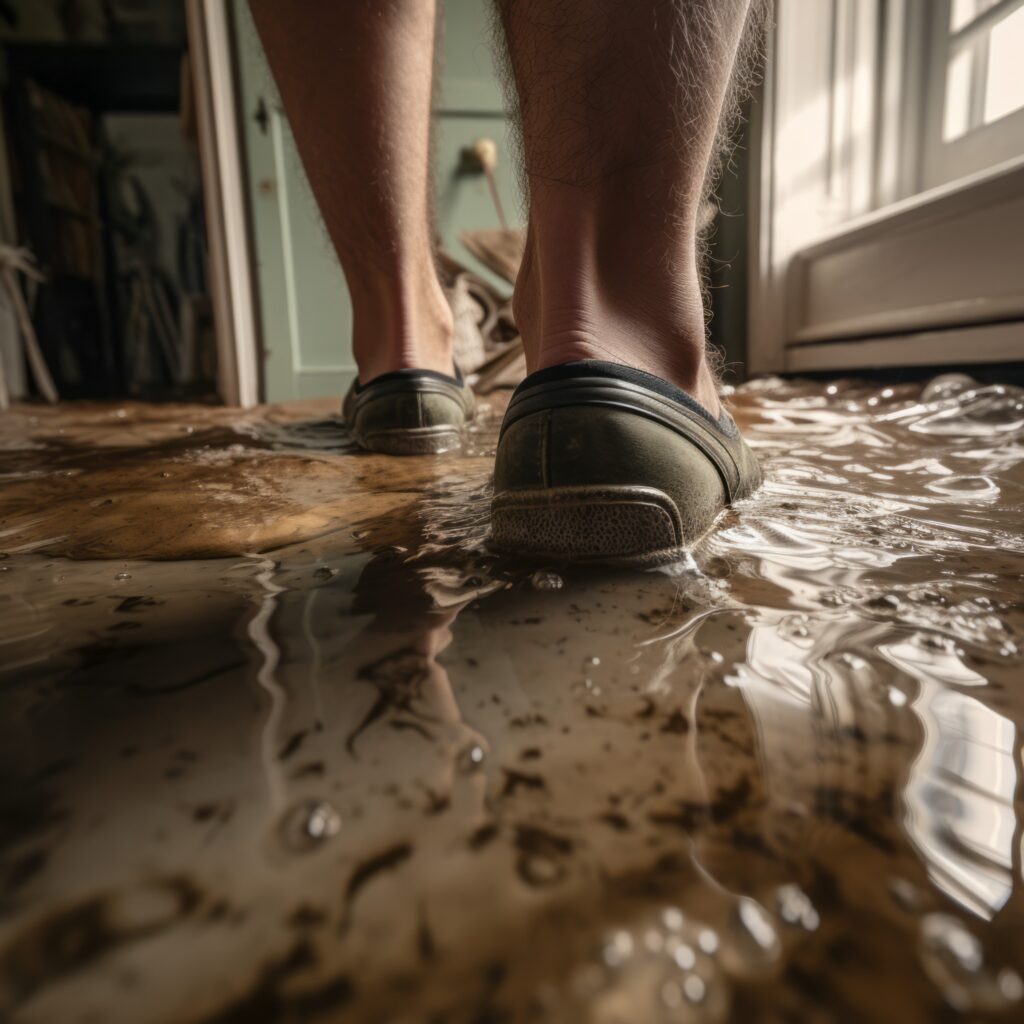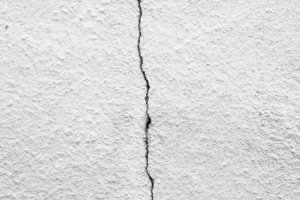A basement, often relegated to storage or forgotten corners, holds immense potential within a home. However, high humidity levels degrade its capability over time, compromising the structure’s stability as well as the health and comfort of occupants inside a home. While there are several techniques for solving this problem, French drains stand out as potent saviors for basement flooding. They offer a complicated yet simple mechanism for maintaining a dry and useful living environment. This post explores the complexities of French drains in their battle against water intrusion for a dryer basement.
Operating Mechanism
French drains shield basements from water intrusion by acting as silent guardians that control dampness or flooding. They work effortlessly to eliminate excess water from beneath the basement’s foundation. The installation of a perforated pipe that runs at the center of the system acts as a conduit for water passage, allowing its seepage into the ground and into the drain. The water seeps downwards in the path of least resistance with the help of gravity and moves towards a sump pump or a specified outlet. This smart diversion minimizes the buildup of water, leaving your basement dry and protecting the property from moisture issues.

If you have water in your basement, we can help!
How it Combats Moisture in the Basement
- Subsurface Water Diversion
Installation of French drains in the lower sections of a home aids in the successful diversion of subsurface water. These water management systems create a path for water to move out of the basement by carefully positioning pipes in a sloping trench, bordered by adequate gravel and a special fabric. Water seeping through the soul quickly travels to a designated point of drainage, reducing floods and moisture buildup. This technique not only protects your building’s structure but also creates a drier, livable basement environment. - Prevents Hydrostatic Pressure
It also acts as an effective barrier against the dangers of hydrostatic pressure. French drains reduce the likelihood of water accumulation by efficiently diverting groundwater to a further location from foundations. This mechanism relieves an enormous amount of pressure that would otherwise exert itself on the walls of a basement. By reducing the amount of water accumulating inside the basement, it safeguards the structural integrity of the building from the strong effects of hydrostatic pressure. - Gravity-Assisted Drainage
Using gravity-assisted drainage, this water management system keeps the basement dry at all times. The meticulous layout of these drains allows them to divert excess out of the basement, minimizing the chances of moisture buildup or eventual flooding. French drains employ a sloping contour to channel excess water effortlessly to an appropriate exit, preventing moisture buildup or structural damage. This guarantees a secure and functional basement area that offers a dry, livable environment. - Customizable Design
Installing French drains in a basement provides a varied moisture management solution, with customizable options for maintaining a continuously dry lower part. Perforated pipes surrounded by gravel are often in a strategic position to deflect water away from the foundation. Customization entails taking into account the basement’s layout, soil composition, and water flow patterns, allowing for personalized drainage systems that successfully reduce the danger of moisture, mildew, and structural damage, resulting in a permanently dry environment. - Complementary Waterproofing
The installation of French drains involves a combination of other waterproofing methods, such as external waterproof membranes or internal sump pump systems. This multi-layered method provides full moisture protection while also ensuring the basement’s long-term integrity. Complementing traditional waterproofing methods, French drains act as a proactive defense against moisture buildup, mitigating the risk of mold, mildew, and structural deterioration. Their strategic placement ensures comprehensive protection, enhancing the longevity and resilience of the basement environment.
Reasons to Involve an Expert
The construction of a French drain inside a basement requires accuracy and knowledge to ensure its effectiveness in preventing water damage. Engaging a professional to guarantee appropriate system setup and operation ensures that everything works correctly, including drainage slope calculations, excavation, and waterproofing. Professionals have the experience to tackle challenging situations regarding local building standards, types of foundations, and safeguarding of property from moisture infiltration or structural implications. Their vast knowledge guarantees optimal placement and implementation of this water management system. This provides homeowners with long-term peace of mind as their basements are safe from potential water-related issues.
Installing a French drain ensures a dry and secure atmosphere by turning your basement into a fortress against water intrusion. This clever fix prolongs the life of your belongings while also protecting them. The French drain is a silent guardian that keeps your cellar intact and peaceful for many years by skillfully diverting water away. Say goodbye to moisture and embrace the power of this underground wonder that will expose a dry paradise beneath the foundation of your house.



